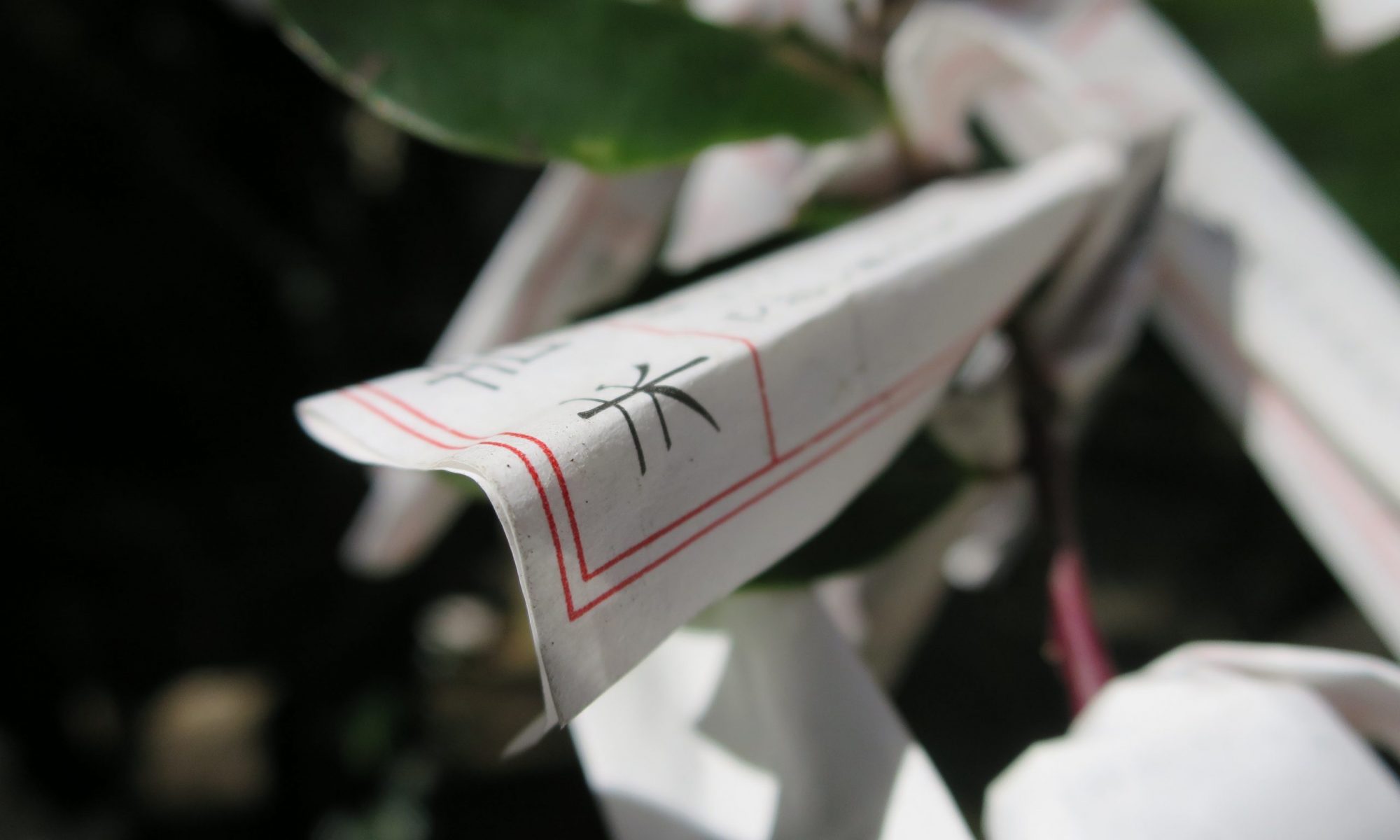How does one prepare for a 1300 km walk? Or, to be more precise, how does one prepare to hike 1300km though mountainous terrain when the furthest they have ever walked is 10 km in one of the flattest countries on Earth?
One year ago, when it slowly became apparent that we were in fact going to go through with this, we started seriously asking ourselves this question. I am in no way under the illusion that undertaking this journey will be easy – or even enjoyable for the most part. In fact I am quite convinced that both when it comes to the physical and mental aspects of it, this pilgrimage will be one of the hardest things I will ever do. Which is admittedly also part of the appeal.
To the amusement of Jonas, (who for as long as I have known him have always possessed the calm mannerisms of a Buddhist munk), I have a personal tendency to want to do everything in one go. A “do-it-now-get-it-over-with”-kind of energy. One of my teachers once asked me “how do you eat an elephant”? referring to my tendency to try to bite off more than I can chew. The answer, of course, is “one bite at a time”.
However, as this website can attest, I don’t like to be unprepared. And although I often wish I was a bit more laissez-faire with respects to many things in life, it’s just not my style. I like to do my research, make my lists and, in due-time, attend to my regular bursts of crippling self-doubt. You know, the usual stuff.
And so I did my research and I came to find that the only real way you can teach your body how to walk for extended periods of time is by doing just that. Walking. So we did. Initially we made a spreed sheet with weekly increases in milage, aiming to hit 90 km a week by the time we leave. This schedule quickly proved overly ambitious though. But it got us started.
Soon we were walking into the city center instead of taking the bike. We started walking to my parents house for dinner on nights where we had some extra time. We have even walked to IKEA on more than one occasion.
All of these little trips add up. The body remembers. And even though I am convinced that muscle mass will start building up fast once we start the actual pilgrimage, it’s the joints and ligaments and small supporting muscles that need a long time to adjust. It’s the feeling of carrying weight on your back for extended periods of time. It’s the mental perseverance to keep walking even when you really don’t feel like it.
All of these things take time. And yes, we could just as easily skip the preparation, travel to Shikoku and have the first month be a nightmare of blisters and heartburn. But now that we do actually have the time to prepare, why not use it?
Obviously all of this walking has brought some changes about. Physical changes yes, but most notably a change in the perspective on distances. I no longer consider a distance of 12 km too far to walk. In fact, anything less than 10 km seems to hardly count as a Walk anymore.
I am hesitant to write this because someone out there who are just getting starting might read this and get discouraged. I want to stress that I used to think walking 10 km was quite strenuous. But it just goes to show the power of small persistent changes in habits.
After a year Jonas and I are now at a place where we can both comfortably walk over 25 km in a day. The next step for us will be to experiment with walking longer stretches two or more days in a row. A task made harder by mundane factors such as time logistics, work and weekend-plans.
Living in Denmark, a country known for being flat as a flounder, also makes the task of preparing for a mountainous pilgrimage a bit difficult. Luckily, due to my studies, we are spending the next five months in northern Norway where we will hopefully get in some good hikes in the beautiful mountainsides. If all else fails I also saw someone online recommending walking up and down multi-story car parks to prepare the leg muscles. I really hope it doesn’t have to come to that though…
Finally, I will say that during these last few months of the Covid-19 pandemic, getting outside and exploring our own city on foot has been a real life saver for my mental health. Add to that a bunch of cool wildlife encounters and it becomes hard to argue against this form of exercise.
So how does one prepare for a 1300 km walk? The same way you eat an elephant. One small step at a time.









